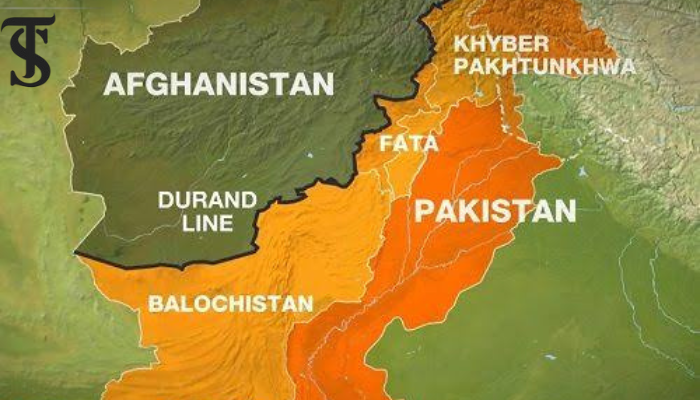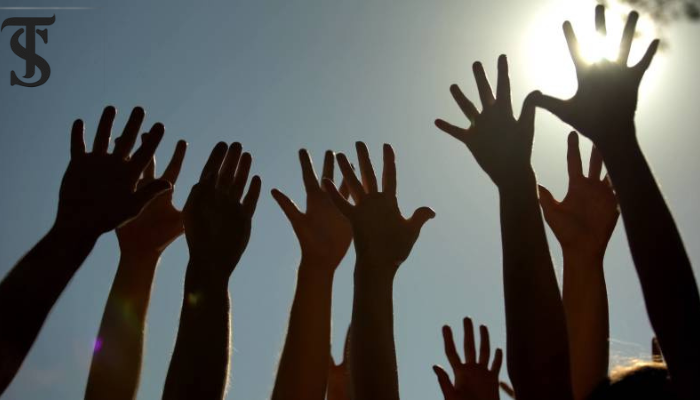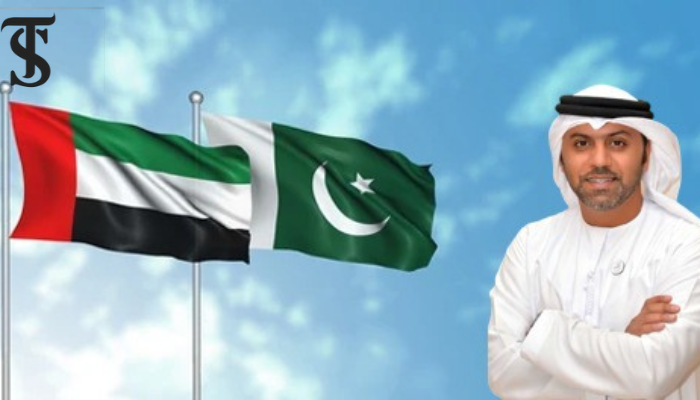The History of Feminism in Pakistan

- Historical Evolution: Feminism in Pakistan traces back to colonial reformers and independence activists like Fatima Jinnah and Begum Rokeya, evolving into movements like the Women’s Action Forum during oppressive regimes.
- Diverse Approaches: Feminism in Pakistan incorporates Islamic and secular perspectives, balancing religious principles with universal human rights to address systemic gender inequalities.
- Challenges and Progress: Despite legislative achievements, patriarchal norms, misconceptions, and gender-based violence persist, requiring ongoing activism, public education, and inclusive advocacy for lasting change.
Feminism in Pakistan has a rich and complex history, shaped by social and political upheavals, cultural norms, and the unrelenting struggle for women’s rights. From the fight for independence to contemporary challenges, the feminist movement in Pakistan has been a consistent battle for gender equality, education, justice, and political representation. This journey, however, has often been marred by patriarchal opposition and misconceptions about feminism itself.
The roots of Feminism in Pakistan
The foundations of feminism in Pakistan predate its independence in 1947.During British colonial rule, reformers like Begum Rokeya Sakhawat Hossain championed women’s education and empowerment, establishing the Sakhawat Memorial Girls’ School in 1911. Groups like the All-India Women’s Conference (AIWC) emerged in the 1920s, focusing on education, health, and suffrage for women.
After independence, feminism became intertwined with Pakistan’s identity. Fatima Jinnah, sister of the country’s founder, Muhammad Ali Jinnah, was an early advocate for women’s political participation. She galvanized women during the independence movement and later, in 1965, became the first woman to contest a presidential election. Similarly, Begum Rana Liaquat Ali Khan, wife of Pakistan’s first Prime Minister, founded the All Pakistan Women’s Association (APWA) in 1949 to address education, health, and economic issues affecting women.
Post-Independence Struggles and Gains
The Constitution of Pakistan (1956) formally guaranteed gender equality, but societal realities did not reflect these promises. The 1950s and 1960s saw increased activism by women’s groups, especially during General Ayub Khan’s regime (1958-1969), when laws like the Muslim Family Laws Ordinance (1961) improved women’s rights in marriage and inheritance.
However, feminism in Pakistan gained widespread attention during General Zia-ul-Haq’s Islamisation Era (1977-1988). His regressive Hudood Ordinance, introduced in 1979, disproportionately targeted women, particularly in cases of adultery and rape. Victims had to produce four male witnesses to prove rape, or they risked being charged with zina (adultery). This draconian law spurred the formation of the Women’s Action Forum (WAF) in 1981, which became a key advocate for women’s rights, organizing protests, leading media campaigns, and drafting Zia’s regressive measures. WAF’s slogan, “Men, Money Mullahs, and Military,” highlighted the systemic obstacles women faced.
Feminism in Pakistan: Secular and Islamic Discourses
Feminist thought in Pakistan is multifaceted, with two dominant strands: Islamic feminism and secular feminism. Islamic feminists, such as Amina Wadud, Asma Barlas, and Riffat Hassan, argue for women’s rights within an Islamic framework , focusing on the equality inherent in the Quran. This perspective resonates with many in Pakistan’s middle class, which seeks reforms through religion.
Conversely, secular feminists, like Fouzia Saeed and Shahnaz Rouse , emphasise universal human rights , independent of religious interpretations. However, secular feminism often faces accusations of being a “Western import” or “anti-Islamic,” a misconception perpetuated by conservative forces.
Writer Bina Shah advocates for blending these approaches. In a New York Times article, she argues, “A feminist movement can only succeed when it mirrors the makeup of the women and the society for whom it operates.” Shah believes Pakistan needs a feminist movement that harmonizes religious and secular ideas, reflecting the country’s unique socio–cultural landscape.
Legislative Achievements and Political Momentum
During Benazir Bhutto’s tenure as Pakistan’s first female prime minister (1980-1990, 1993-1996), feminist movements gained traction. Bhutto introduced progressive legislation, including the Family Protection Bill (1989), which addressed domestic violence. However, momentum slowed during subsequent governments, particularly under Nawaz Sharif, when honor killings surged, and the Council of Islamic Ideology recommended mandatory veiling.
General Pervaiz Musharraf’s era (1998-2008) revived some progress. Musharraf supported women’s participation in sports, media, and politics, fostering legislative reforms. Significant bills passed during this period included the Protection of Women Act (2006), which amended the Hudood Ordinance , and the Anti-Sexual Harassment Bill (2010).
Today, feminist activism continues, with organisations like the Aurat Foundation and Women’s Right Foundation addressing issues like domestic violence , child marriage, and workplace harassment. Events like the Aurat March , first held in 2018, have become annual platforms for feminist advocacy, drawing thousands of participants across cities.
Misconceptions and Challenges
Despite these gains, feminism in Pakistan faced significant challenges. The movement is often misinterpreted as being anti-Islamic or anti-male. In reality, feminism advocates for equality and justice, aiming to address systemic barriers that hinder women’s progress. NGOs supporting women are frequently accused of promoting Western propaganda, and patriarchal norms in rural areas remain deeply entrenched.
Statistically, Pakistan has a long way to go. It ranked 153rd out of 156 countries in the Global Gender Gap Index (2021). The Human Rights Commission of Pakistan reports that around 2000 women are murdered annually in honor killings. Gender-based violence and discrimination are pervasive, particularly in rural regions where cultural taboos discourage reporting.
The Road Ahead
To ensure lasting change, Pakistan needs stronger will and grassroots advocacy. Public education campaigns can dispel misconceptions about feminism, emphasising its compatibility with both religious values and human rights. The feminist movement must also find common ground between Islamic and secular approaches, creating an inclusive framework for change.
Despite these changes, Pakistan’s feminist history demonstrates resilience. From WAF’s campaigns in the 1980s to the legislative victories of recent years, women have made significant strides. The journey toward gender equality is far from over, but with continued activism , collaboration, and education, a more inclusive and equitable future for women in Pakistan is within reach.
Feminism in Pakistan is not a foreign concept; it is rooted in the country’s history and Islamic principles of justice. By uniting its diverse threads, the feminist movement can continue to challenge patriarchal norms and advocate for a society where women can live with dignity, freedom, and equality.
Rabia Naeem
The author holds an MPhil degree in English literature and has a passion for exploring and analyzing the richness of literature.





